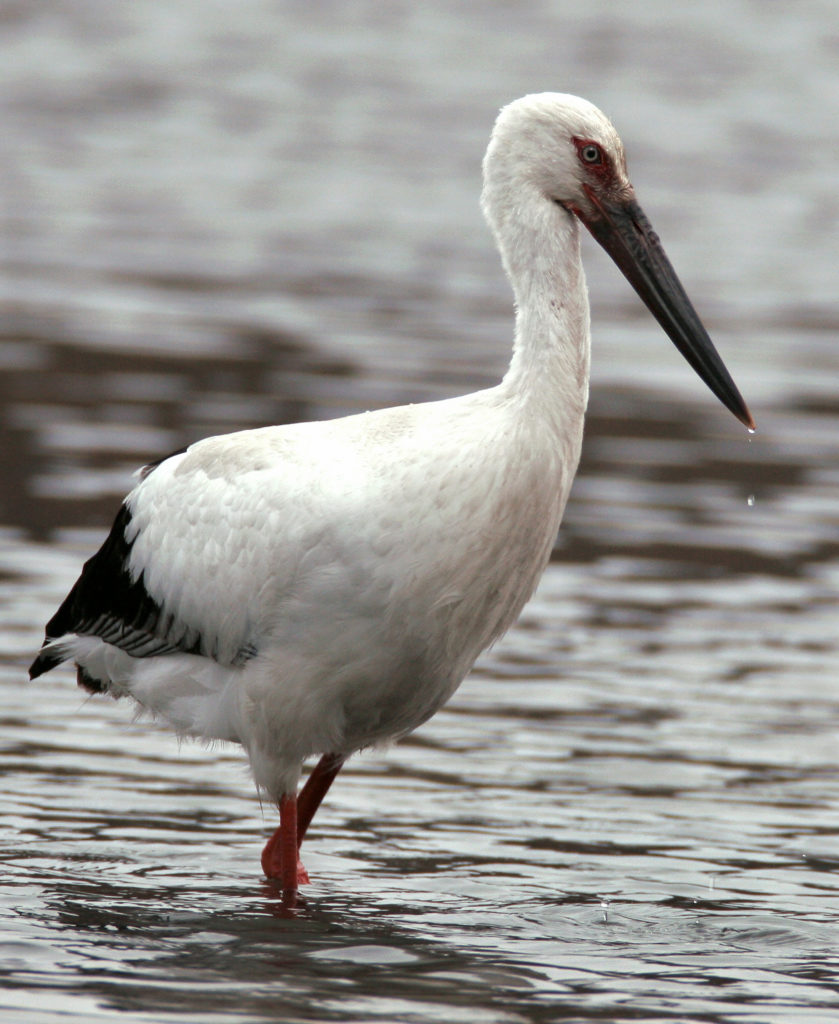Baekryeong Island is one of the most important remaining areas for birds and for bird conservation on the Korean Peninsula.
Situated in the Republic of Korea at closest only 13 km from the DPRK coast, the island has breeding Black-faced Spoonbill and Chinese Egret; overwintering Oriental Stork; and, based on present knowledge, landbird migration on a scale that exceeds anywhere else in Korea. Just one of the highlights of the 2019 spring was finding 240 Critically Endangered Yellow-breasted Bunting in one area of fields. This is perhaps the highest count of this species ever made in Korea.

The island also supports a wonderful assemblage of non-avian nationally threatened species, including Spotted Seals, Large Copper Butterflies, Gold-spotted Pond Frogs and Boreal Digging Toads. There are spectacular views; and the people are remarkably kind and friendly.
Like many other places in Korea and around the world, however, the quality of habitats on the islands is degrading rapidly. Even in the six or seven years since we started regular surveys there, roads have been built through sensitive areas; reedbeds have been in-filled; tidal flats have been impounded; and drainage channels have been covered in concrete. There are also plans to build a new airport on the island – a 90 million US dollar / KRW101.5 billion investment in yet more concrete between 2019 and 2024.
Loving this island, we wanted to do something positive, to help conserve biodiversity and to support local people.
In 2017, we therefore started our “Baekryeong Wetlands Project”, supported by funding from the Hanns Seidel Foundation (Korea office) and in 2018 by Lush, and only made at all possible by the input of some wonderfully generous people. Our thanks to you all!

The aims and scope of the Project have continued to evolve. Starting with an initial, quite vague desire to help raise awareness and perhaps to try to install frog ladders to reduce amphibian mortality, the project has grown into a compelling argument for conserving biodiversity on the island by developing Baekryeong Island’s still unrecognized ecotourism potential. We now have several partners; some funding; and a set of clear proposals.


This month we are therefore delighted to be able to share these proposals in our report, “Realizing Baekryeong Island’s Ecotourism Potential.” The report will be available here on the blog as a pdf, and will be available in Korean in hard copy before the end of this month.
Final_Baekryeong-Report-EL-_V2August-3Please let us know what you think; and if you want to help us in this work, please do contact us!

